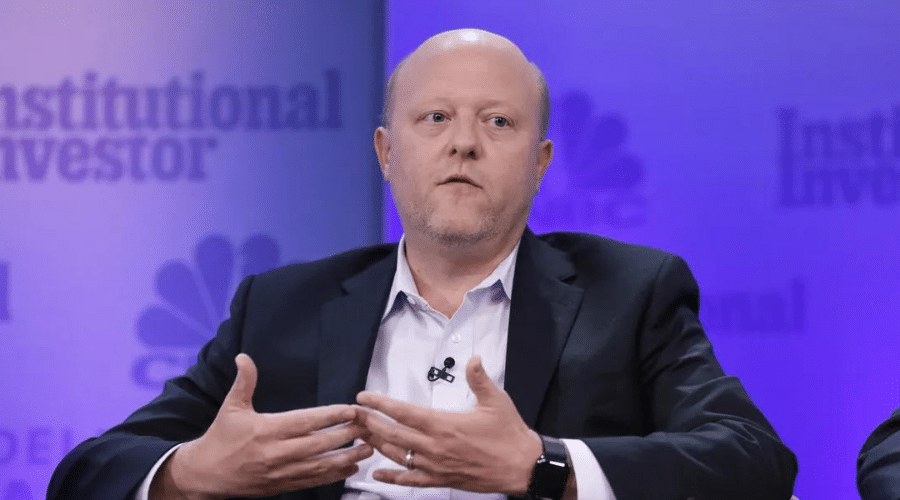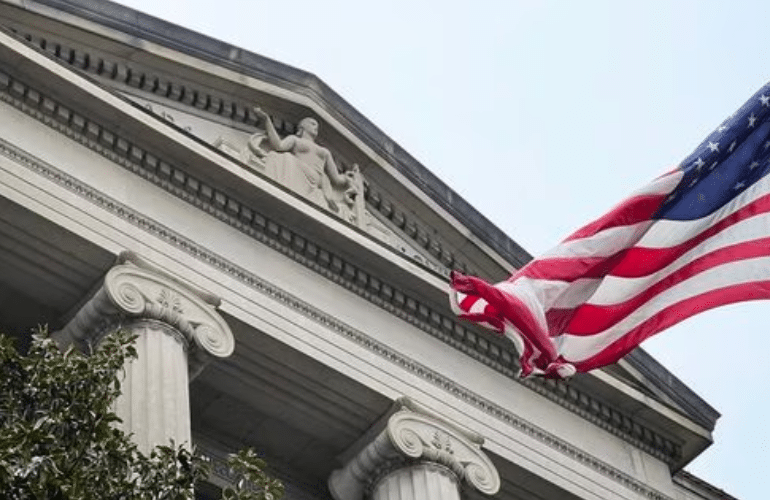Circle CEO Jeremy Allaire doubts the swift passage of stablecoin legislation, highlighting the complexities of reaching consensus on regulatory matters.
Key Points
- Jeremy Allaire, CEO of stablecoin company Circle, expressed skepticism about the quick passage of a stablecoin bill during a recent interview.
- Allaire highlighted the challenges of reaching legislative consensus on complex regulatory matters.
- As stablecoins become increasingly prominent, finding a balance between innovation and regulation remains a key issue.
Jeremy Allaire, the CEO of Circle, brought attention to a pivotal issue in the stablecoin landscape: the balance between innovation and regulation.
As stablecoins emerge as a significant player in the cryptocurrency market and even make inroads into traditional financial systems, their ability to disrupt the status quo has become both a promise and a challenge.
The promise lies in the potential for stablecoins to introduce liquidity, enable seamless cross-border transactions, and democratize access to financial services on a global scale.
On the flip side, the absence of regulation raises questions about consumer protection, monetary policy interference, and the stability of financial markets.
The challenge, therefore, lies in how to regulate without stifling innovation—a balancing act that Allaire believes is of paramount importance.
.@Circle’s @jerallaire doesn’t think the Congressional bill that came out of committee will be the version that gets signed into law, but says there’s still a lot to like about it.
Full episode: https://t.co/j2DOCOyyz5 pic.twitter.com/E8CMWHqLc5
— Laura Shin (@laurashin) September 12, 2023
Regulatory Agencies in the Ring
In the United States, regulatory bodies like the SEC and the CFTC have initiated probes and studies on stablecoins.
While it’s essential to have multiple perspectives from various facets of the government to shape an encompassing and fair framework, Allaire points out that this can result in a complicated, and often lengthy, law-making process.
Regulatory agencies need to collaborate and perhaps even synthesize their various concerns and guidelines to create a comprehensive legislative approach to stablecoins.
The Implications of a Slow Legislative Process
Allaire’s skepticism about a quick legislative resolution is grounded in the intricacies of both the technology and the financial systems they interface with. But what does a prolonged period of uncertainty mean for the industry?
Firstly, it can be a period of anxiety for existing companies like Circle and potential entrants into the stablecoin market.
The looming shadow of undefined regulation can serve as a deterrent to innovation and market expansion.
Secondly, as the regulatory scene is being figured out domestically in countries like the U.S., the global landscape also continues to evolve.
This poses the risk of a fragmented global approach to stablecoin regulation, which is far from ideal for a technology that inherently knows no borders.
Concluding Thoughts
One aspect that can potentially accelerate a balanced and informed regulatory approach is the active involvement of stablecoin companies and the broader crypto community.
Open dialogues, community feedback, and public-private partnerships could serve as a robust foundation for policy-making.
Jeremy Allaire’s cautionary stance reflects the broad complexities involved in bringing stablecoins under a legislative umbrella.
It serves as a reminder that while it’s crucial to push for a regulatory framework to protect consumers and the broader financial market, it’s equally important to tread carefully to allow space for innovation.
As the dialogues continue among stakeholders, finding a middle ground that serves both the promise and the challenges posed by stablecoins will be the key to a robust and inclusive financial future.





